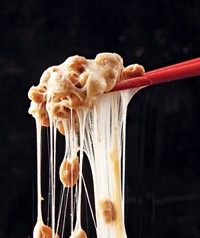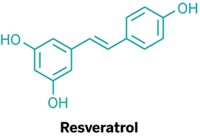Advertisement
Grab your lab coat. Let's get started
Welcome!
Welcome!
Create an account below to get 6 C&EN articles per month, receive newsletters and more - all free.
It seems this is your first time logging in online. Please enter the following information to continue.
As an ACS member you automatically get access to this site. All we need is few more details to create your reading experience.
Not you? Sign in with a different account.
Not you? Sign in with a different account.
ERROR 1
ERROR 1
ERROR 2
ERROR 2
ERROR 2
ERROR 2
ERROR 2
Password and Confirm password must match.
If you have an ACS member number, please enter it here so we can link this account to your membership. (optional)
ERROR 2
ACS values your privacy. By submitting your information, you are gaining access to C&EN and subscribing to our weekly newsletter. We use the information you provide to make your reading experience better, and we will never sell your data to third party members.
Biological Chemistry
Healthy Diets Now Include Lobster
Overcoming lobster's reputation as being high in fat and cholesterol, new research indicates that the crustacean can be part of a balanced diet
by Bethany Halford
April 20, 2009
| A version of this story appeared in
Volume 87, Issue 16
Despite lobster's reputation as a delicacy high in fat and cholesterol, new research indicates that the crustacean is, in fact, perfectly compatible with a nutritious and healthy diet—provided you steer clear of dipping it in butter. In an effort to create a complete nutritional profile of the clawed critters, researchers in Portugal analyzed the edible tissues of the European lobster Homarus gammarus and the American lobster Homarus americanus for their cholesterol content, energy, and fatty acid and amino acid composition (J. Agric. Food Chem., DOI: 10.1021/jf900237g). The team, led by António Marques of Portugal's National Institute of Biological Resources, found that all of the crustacean's edible tissues were packed with essential amino acids. The muscle tissue that makes up lobster claws and tails proved to be high in protein and low in fat. The greenish-yellow hepatopancreas, which lobsters use to store lipids and some lobster lovers refer to as "mustard" or "tomalley," had relatively high fat and cholesterol levels, but the Portuguese team still assessed those levels as moderate enough for eating without too much guilt. In earlier work, however, they suggest high cadmium levels make the hepatopancreas a less appealing treat.






Join the conversation
Contact the reporter
Submit a Letter to the Editor for publication
Engage with us on Twitter